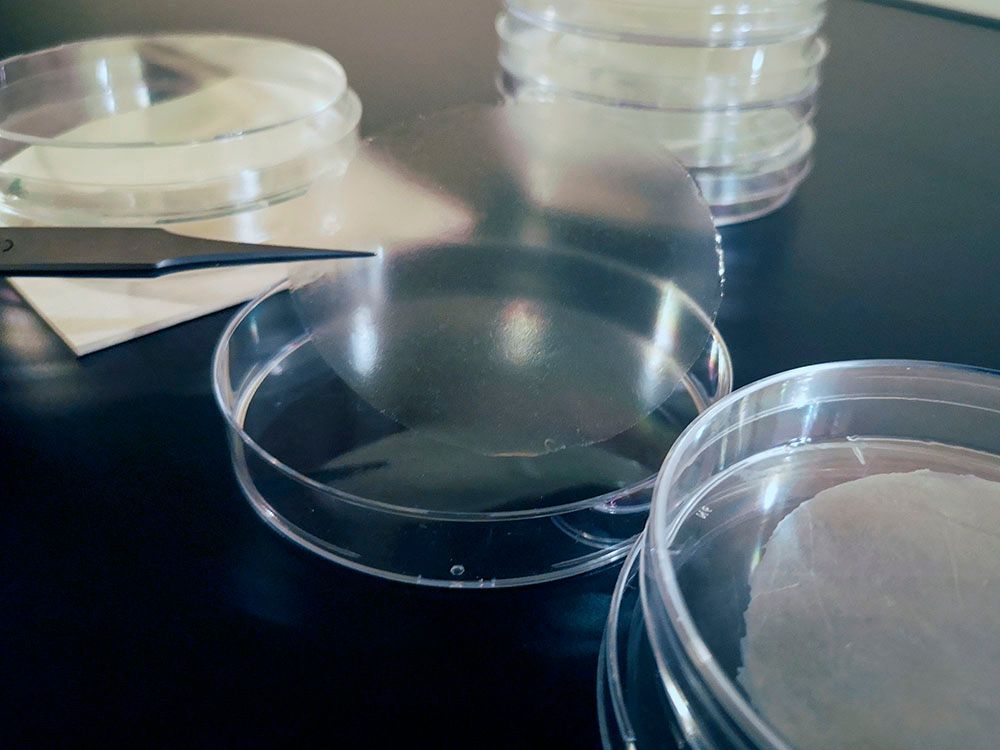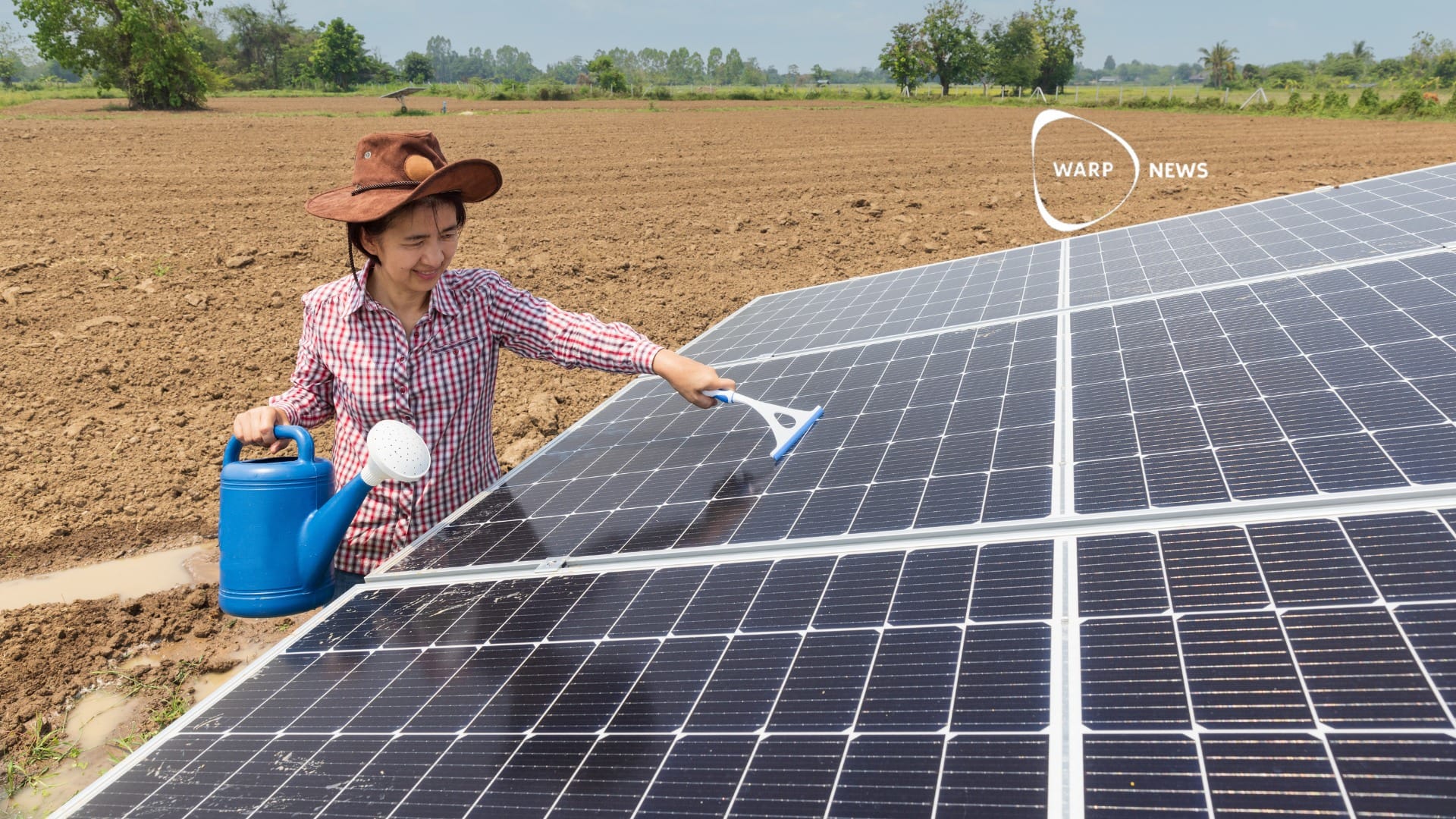
📃 Nano paper – an environmentally friendly alternative to plastic packaging
A new process makes it possible to create paper with the potential to replace plastic packaging.
Share this story!
Plastic is very practical as a packaging material. It's easy to process, transparent, and is suitable as a barrier between what we want to wrap and the dirt and bacteria from the outside world. Unfortunately, plastic is made from oil, and it is not environmentally friendly if it ends up in nature, which much of the plastic does.
According to the Swedish Environmental Protection Agency, the country used 248,800 tonnes of packaging plastic last year. Only 34 percent of all this plastic was recycled. By comparison, 78 percent of all paper used as packaging went to recycling.
A research team at the Swedish KTH Royal Institute of Technology has now developed a method that could replace plastic with environmentally friendly paper. This is what researchers call nano paper. The name comes from the manufacturing process where cellulose fibers are converted into cellulose nanofibrils.
These cellulose nanofibrils are biodegradable, strong, transparent, and have good barrier properties. That is, they have all the necessary properties to contain packaging gases used by the food industry to protect food.
Cellulose nanofibrils per se are nothing new, but the process of making them has been energy-intensive and time-consuming. KTH researchers have now developed a method that is much faster.
In brief, we can say that nano paper behaves much like ordinary paper in an environment with a low pH value. However, when exposed to a weakly basic environment, the chemical bonds created in the cellulosic fibers break so that they begin to swell to such an extent that the cellulose nanofibrils are released. In just a few minutes, we get a nano paper that can replace plastic packaging.
Researchers now hope that the simplified process will make the paper industry interested in starting nano paper production.
"Instead of adapting the industry to be able to use nanopaper, we do the opposite. We try to adapt the material to the industry", says Yunus Can Görür, research student at KTH and one of the researchers behind the nanopaper.
By becoming a premium supporter, you help in the creation and sharing of fact-based optimistic news all over the world.


